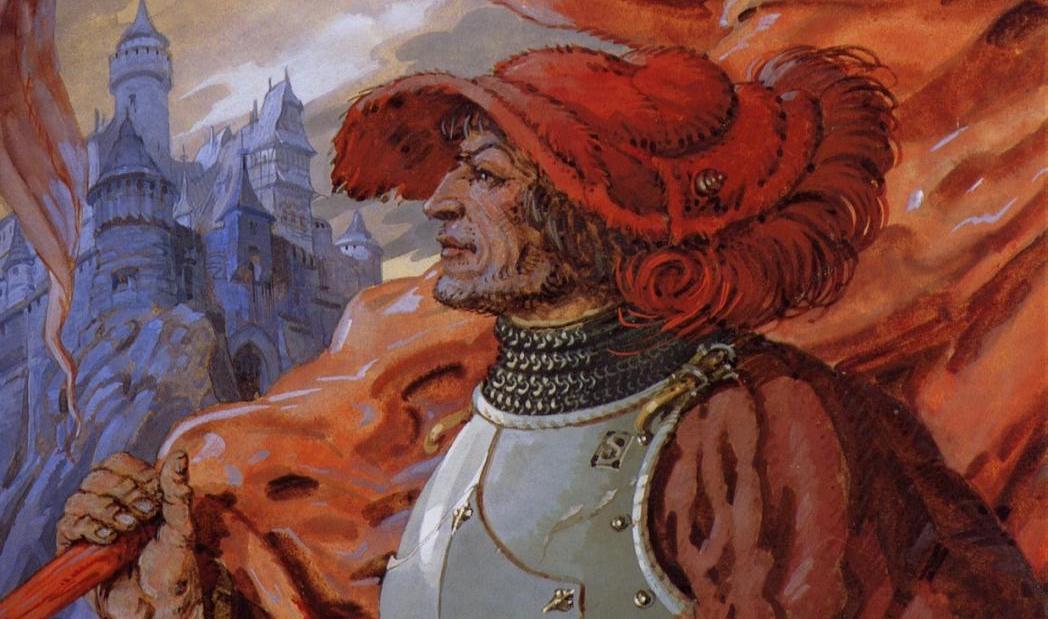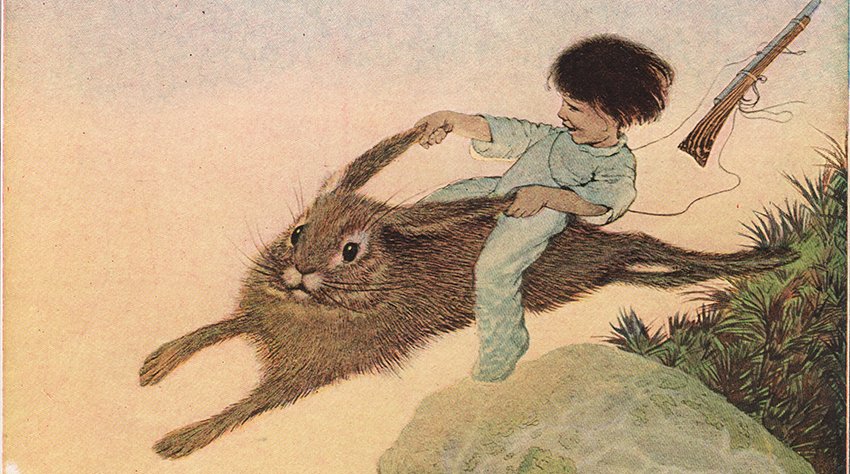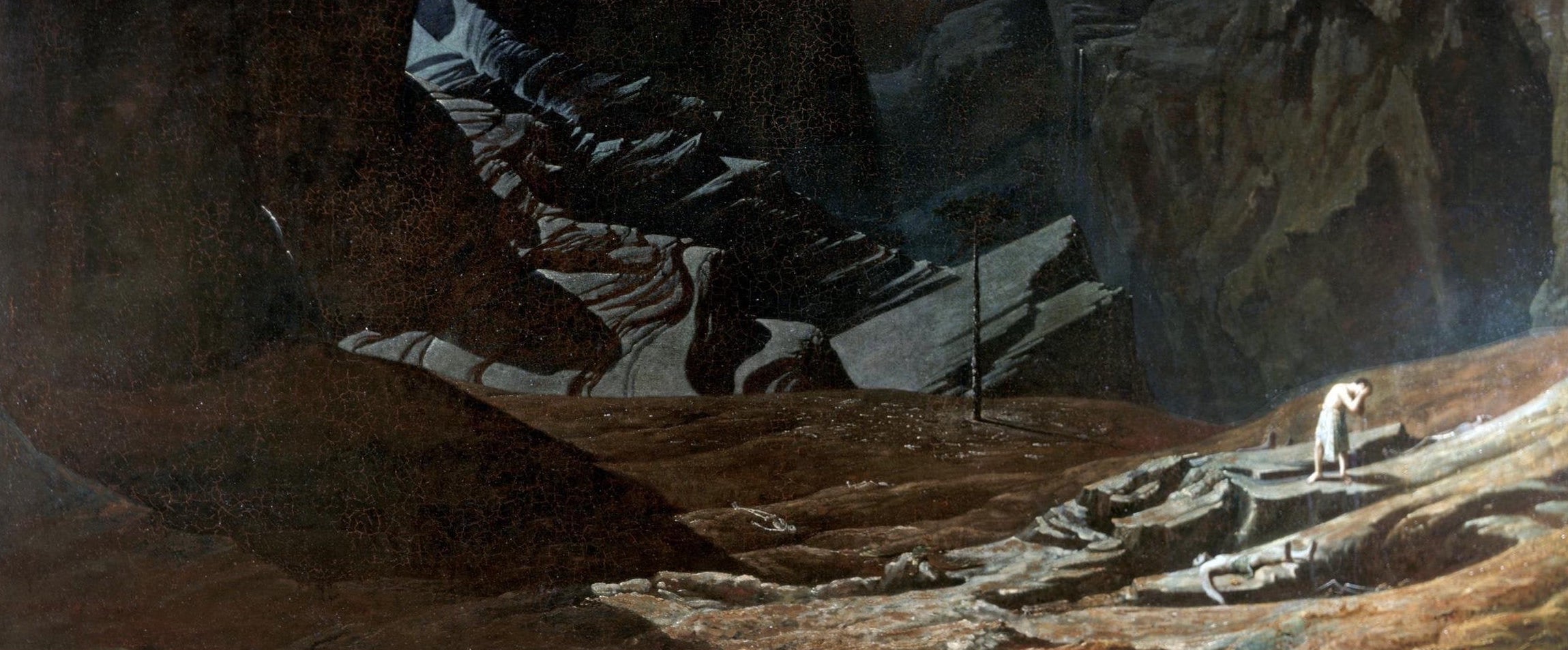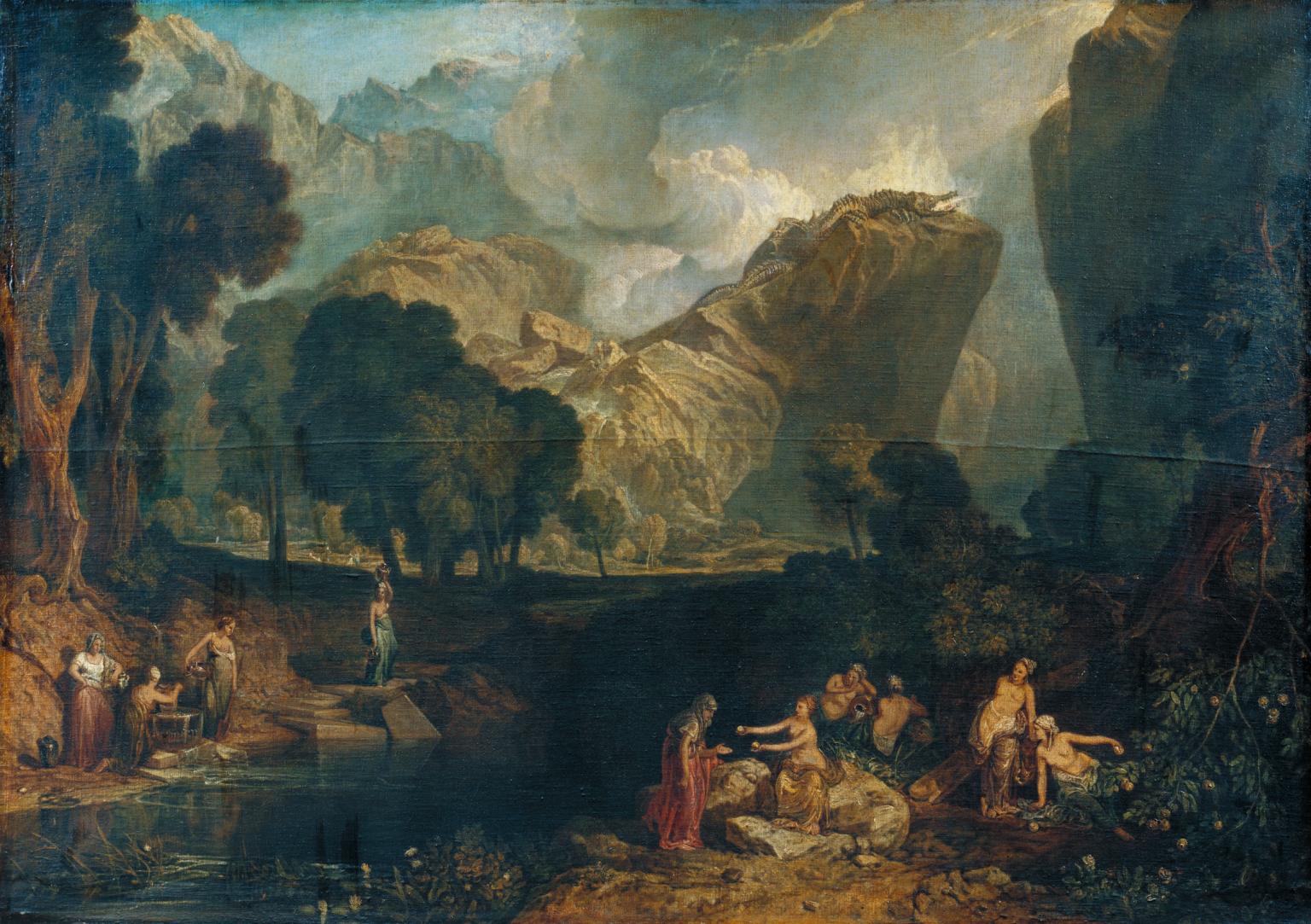This summer, I wrote a short foreword for a book about a long-neglected artist from the Alsace: Léo Schnug. I discovered Schnug’s work on my first visit to Haut-Koenigsbourg in the Vosges. I am certain I believed they were real (I thought the castle was real as well.) The two embodied and defined my first encounters with real history, through the inviting door of the neo-gothic, before the images resolved themselves, a kaleidoscope in reversing into its constituent shards: the real gothic history that inspired both Schnug and Emperor Wilhelm and the turbulent, fragmented and strangely opaque movements of turn-of-the-century Symbolism. Both of these have endured as passions; they are world-defining art movements nearly a millenium apart, both underestimated, both subsequently eclipsed by an acceleration of circumstance but briefly brought together in art and architecture in the closing decades of the 19th century. Nevertheless, with the Strasbourg Cathedral and the work of Gustave Doré (another juxtaposition: of Medieval and Victorian this time), they formed my informal introduction to Europe, over four decades ago.
It is not unlikely that this undisciplined mix of wilful fantasy and wishful history has permanently coloured my view of both. They remain, despite the fact that I can now of course tell them apart, inextricably and instinctively entwined, each framing the landscapes and context of the other, each adding to the story of both; powerful looking glasses facing each other, between which we stand, peering first one way, then the other, unsure what is a reflection and what is not, and even more crucially, in which reflection we are to be found.
All this to say that Schnug occupies a special place on my personal road. I would like to think of him kitted out as a ragged Renaissance mercenary, sitting in the pale sun with his back against a milestone beside that road, with a small hoard of scabby pilfered apples, an empty purse and a dented pewter tankard he raises to salute passers-by. Around him, the equally ragged autumn landscape of that country that is the past: the bitter, exalted past of Europe, continent of crossroads and ill-fated empires. It suits him very well.
Here is the original English text, with the kind permission of the editors
˜ ˜ ˜
For a time, I had a privileged relationship with Léo Schnug. I would wander into cluttered antiquarian bookshops throughout the Alsace, idly browse around a few moments (even after 40 years in Europe, I still look like I have just gotten off a flight from New York: a browse–and-buy-nothing tourist trying his best to look suave) and then ask “Vous avez du Schnug?” Besides the satisfaction of enunciating such an esoteric request, I delighted in seeing the eyes of the booksellers light up as shelves were searched, drawers rummaged about in and piles of books upended as old postcards, the occasional battered copy of the Wackenheim biography (sometimes with pictures cut out), the bottom third of a poster for some Saengerbundesfest (just the feet and the hem of a long robe – I passed on that one), a tattered copy of d’Parisser Reis or other obscure items emerged.
It was akin to belonging to a secret society, complete with conspirational passwords and magic sesames, a sudden complicity of shared enthusiasms with complete strangers. I never really stumbled across any true treasures, only a handful of postcards, an orphaned print or two and a couple of catalogues – but the harvest was less important than the gleaning.
I first met Schnug at Haut-Koenigsbourg, that Märchenschloß en grès rose des Vosges that dominates the Plaine de l’Alsace. (I had only just gotten off that flight from New York, and made little distinction between history and fantasy, but decided on the spot that this continent decidedly allowed a heady mix of the two.) At the Maison Kammerzell, where the characters in his grimy and smoke-darkened wall paintings gaze intently into their cups, indifferent to the bustle of waiters and the gawking tides of tourists below. (I once painted a Durer-inspired armoured knight à la façon Schnug for a short fiction film shot in and around the cathedral in the late 1980’s – I still shudder to think that we actually affixed my cardboard counterfeit fresco over the top of one of Schnug’s paintings.) In the pages of the Wackenheim, over whose indifferent reproductions I pored; in front of a handful of awkwardly drawn originals belonging to a friend, relation of the director of Stephansfeld where Schnug ended his days; at the rare exhibitions of his work or isolated paintings in local museums… but, despite all this, something has always been missing: a comprehensive edition of the life and work of Léo Schnug.
In sum, this book.
 Léo Schnug: un artiste de légende, by Julien & Walter Kiwior, published by Éditions Vandelle, Strasbourg, Nov. 5, 2017. Hardcover, 192 pages
Léo Schnug: un artiste de légende, by Julien & Walter Kiwior, published by Éditions Vandelle, Strasbourg, Nov. 5, 2017. Hardcover, 192 pages
This is a book far too long overdue, for a multitude of reasons. Firstly, in the Alsace, Schnug is one of a handful of artists who have marked their epoch. He exemplifies a spirit that is inseparable from the Alsace, solid and obtuse, a pride rooted in the soil itself, commingled with a certain indifference to the world beyond, a visceral attachment to the land and a reflection on that very appurtenance.
Because Leo Schnug is important in the European context. His work is traversed by all the currents of the hectic fin-de-siècle. It possesses a quality of line borrowed from Jugenstil, a hint of Viennese Secession, the gravitas of the Symbolists and the angst of the Decadents, anchored in the city whose very name means town of crossroads. While Gustave Doré was from Strasbourg, Leo Schnug is of Strasbourg. (Though he briefly sojourned in Munich and Vienna, Schnug settled near to his roots.) The qualities – and the faults – of his work are distilled from the influences of a Europe shaken by many upheavals – artistic, political and social – and transformed into a unique style that belongs only to him.
Leo Schnug in landsknecht costume, circa 1908
Because Schnug is important to the History of Art, the official chronicle from which he is mysteriously absent. Perhaps he is hard to catalogue: painter, decorator, publicist, illustrator, his work is too varied to fit in one handy category. No posthumous medals for art revolutionaries can be pinned to his smock, he was no armchair iconoclast, marched in step with no movement. Art History thrives on linearity, on cause and effect; Schnug simply does not fit the mould. Additionally, his work is so firmly anchored in Alsatian culture as to be practically drawn in dialect – grandly savoured by those fluent, ignored by who are not. It is tempting to explain this lack of recognition by Schnug’s own absence of ambition and a sense of self-worth muted at best. He seems to have lived against the grain, a mercenary of sorts, brother-in-arms of the burly landsknechts he portrays journeying through winter landscapes, flagons threaded on halberds, scarves thrice-wrapped against the cold, a few coins jingling in a worn drawstring purse. (What a shame he never illustrated the fantastical tales of Erckmann-Chatrian, or other authors that would have allowed his work travel more widely.)
Left to right: A midnight encounter in the woods. Death and the Maiden. The Magician, lithographic print, monogrammed bottom let.
Because Schnug is essential from a philosophical and simply human perspective. His descent into purgatory of the sanatorium, with but a forlorn hope of remission, when he should have been enjoying the rewards of a prolific career, is harrowing. His later drawings, done at Stephansfeld, are heart-breaking. Shorn of his skills, but driven by the lingering desire to draw, the deft and elegant line long abandoned, little remains. His decline is a sober reminder of how lightly art is affixed to the body, how delicate is the mechanism involved, how tightly woven it is in the fiber of being. Cautionary tale of the dangers of the cup or fragility of the psyche, artists are often beings in danger, without the lifebuoy of art, they can sink with no trace. (This said, he is nevertheless in fine company. His compositions envy nothing of those by Franklin Booth, Willy Pogány or J. Allen St-John. His line work and balance of black and white is as skilled as any by John Austen, Ephraim Moses Lilien, or Sergius Hruby. The list could go on.)
Left to right: Knight before the castle of Haut-Koenigsbourg. A jester. Saint Martin.
In conclusion, simply because Schnug deserves to encounter a world public. His art is witness not only to his unique sensibilities; it is situated in the richest of universes, that of the border lands. His life and work lie on the border between the old and the truly modern world: a universe traversed by the decadence of collapsing empire, of worlds soon to be obliterated by war (the Mitteleuropa Victor Hugo so unforgettably recounts in “The Rhine”). Schnug’s work reinvents a nostalgia of the past seasoned with Art Nouveau, simultaneously recusing and embracing modernism. His work lies on the border between cultures: French and German, langue d’Oc and langue d’Oil, catholic and protestant, worldly and rustic. The whole of the Alsatian experience is summed up in his art; the destiny of those who live at crossroads.
Left to right: A castle in the Vosges. Saint George and the Dragon, lithographic print, signed and dated, 1905. Errant knight, watercolour and gouache, signed and dated, 1916.
His many depictions of marching figures always have both feet firmly anchored on the road or path. They are immobile; the landscape wheels by under their feet, not they through it. The weight of their motion is in perfect equilibrium, there is no sense that they will exit left or right, but the landscape itself will pass by in the frame. In the same way, we move through life – always in the centre frame, we only exit once the last act is accomplished. They are burdened with a fin-de-siècle world-weariness but buoyed up by a stolid doggedness to carry on. Schnug’s marching figures are the embodiment of faith in human nature; circumstance is fleeting. Humanity is an anchor, no matter how vagabond or peregrine the times. Leo Schnug is Everyman: tragic, noble, rustic, poet, he is part of the world-fraternity of the less-loved and little-lauded artists, the ones whose voice have stilled, whose art has become mute for lack of spokesmen, the hard-to-discover, the out-of-print. Nonetheless, these are the artists who have patiently built, each in their own solitudes of time and place, the foundations of our shared cultures and collective consciousness. Had Schnug sought a muse, none but Hekate, liminal three-visaged goddess of the crossroads, would have done.
Left to right: The Sentinel, watercolour and gouache, signed and dated, 1916. The scribe. Forest offering.
Lastly, the art of Léo Schnug is on that most fascinating of frontiers: between the real and the fantastical. His realism and historical solidity are inextricable from his romanticized vision of the past. His smug hussars with their outlandish shakos seem to have stepped straight out of the pages of Leo Perutz – and as with Perutz, the fantastical is ever lurking in the shadows.
So, I’m ready to bid adieu to my special relationship with Schnug. In exchange, I will receive a far greater gift: the pleasure of having helped in a small way to share his work with a wider audience, to further the perdurance of his vision, to shout him an extra round. I think he would have liked that.
John Howe
Neuchâtel, le 25 juillet, 2017
˜ ˜ ˜
Warm thanks to Julien and Walter Kiwior for the images and the permission to use them in this newsletter.
“Léo Schnug: un artiste de légende” is available in bookshops and on Amazon




















